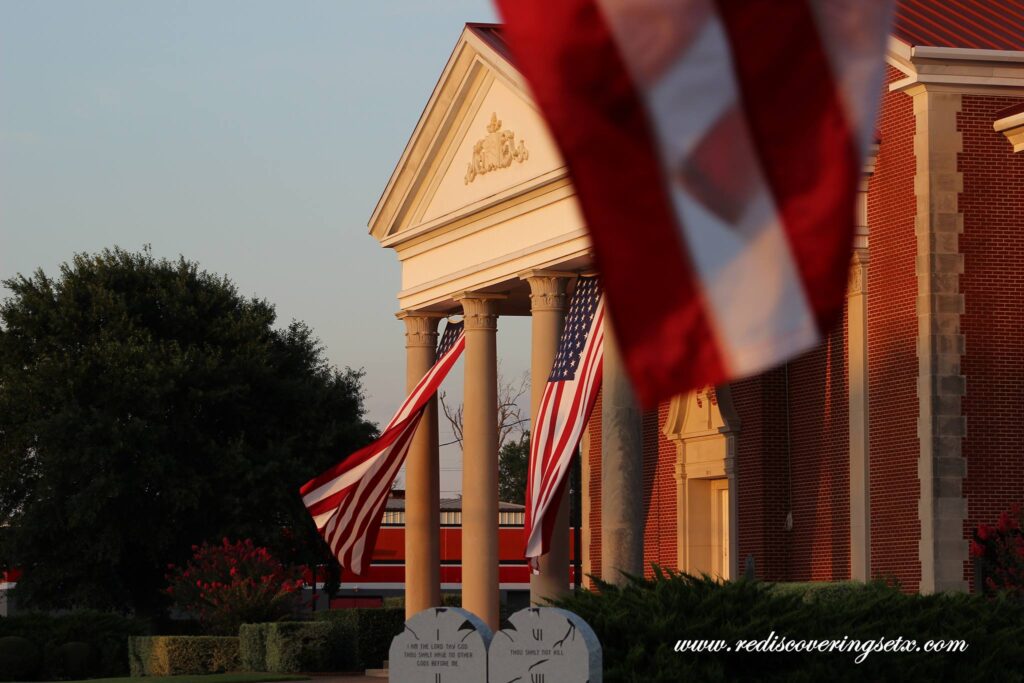
After finishing Crucible of Hell by Saul David, I need a break from books about the Pacific theater in WWII—at least for a while. This time, Madeline Kahn, I’m actually “tired.” Okinawa was the last battle in the Pacific theater, and the one with the highest number of American casualties. Overall, 12,500 American soldiers, 77,000 Japanese soldiers, and 30,000 Okinawan civilians were killed. The Okinawan civilian casualties are an American estimate, and I believe the true number was considerably higher. Not to get into too much historical detail, but many died at the hands of the Imperial Japanese Army (IJA) as well as the Americans, who threw grenades or used flamethrowers in the caves where some people were hiding. I would also blame the IJA for this because its propaganda scared the locals into entering the caves. I think Crucible of Hell is the right title for this book.
Does anyone have any book/audiobook suggestions on lighter topics? Sorry, Eat, Pray, Love suggestions are not inspiring for me. Autobiographies are all right but can be lengthy. I’ve listened to a few biographies of American presidents on Audible, including Teddy Roosevelt, William H. Taft, and Harry S. Truman, and enjoyed them. All three presidents left their mark on this country, but I think that Taft was more useful when he was governor-general of the Philippines. He treated the Filipinos as equals when most actors in the area dismissed them as a subhuman Asian race.
With all his might, Teddy went after the corporations to make them pay their taxes. This to me is hilarious because the powers that be made him vice president to shut down his political career. Unfortunately for them, William McKinley was assassinated, and the bully pulpit was then in full swing. I will add that Teddy charging up San Juan Hill must have been a wonderful sight. I’m sure the buffalo soldiers enjoyed watching the charge after they had already taken the hill, way before Teddy’s Rough Riders showed up—but I digress.
I guess Truman’s fate was similar because he was put in the same situation. Becoming president after the current president dies in office is one thing, but taking over during a two-front war and not being briefed on anything concerning said war is ludicrous. But that was FDR’s way. He was a true politician to the bitter end. As you can probably tell, I’m not a fan of Franklin D. Roosevelt, and Truman did what he had to do. And if you’re wondering about the bomb, let us consider what would have happened with Operation Downfall (i.e., the invasion of Japan). If the Allies had invaded Japan, there would have been up to 750,000 American casualties. The bombs dropped on Hiroshima and Nagasaki killed 129,000 and 226,000 people, respectively. The firebombing of Tokyo alone killed between 80,000 and 130,000 people. We can all speculate more than 80 years later, but this was Truman’s decision, and I would say it was the right one.
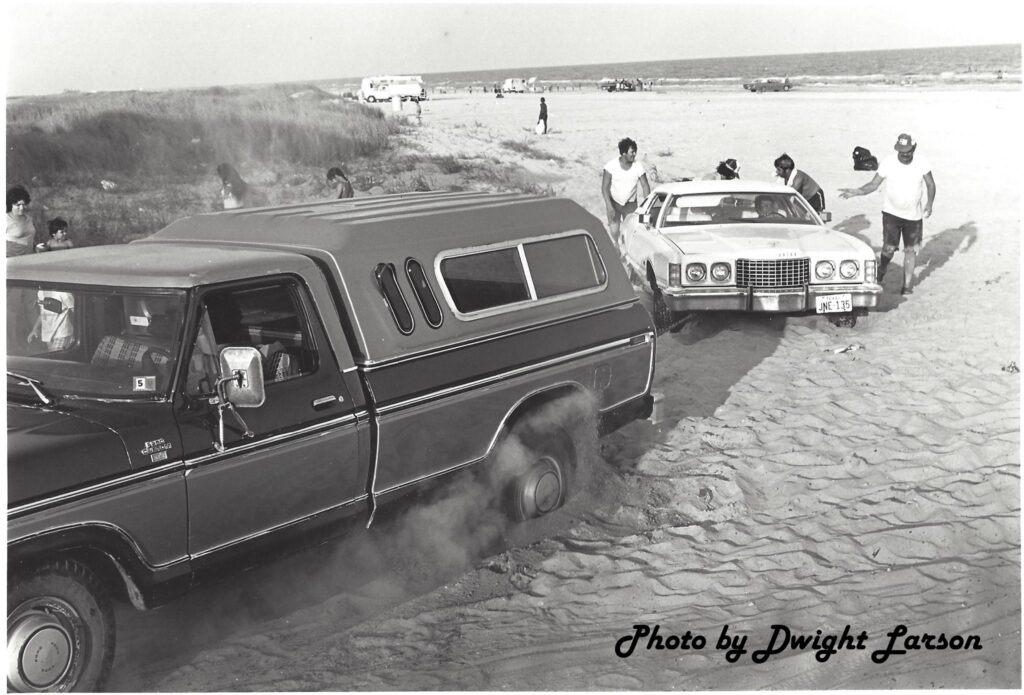
I could get into a bit more detail regarding how the Soviets would have invaded Japan’s northern islands, but I’m tired. So, I’ll move on and sift through the Instagram feed of my Japanese friends, who are headed to the beach in Okinawa because it’s summer. Being musicians, they are all playing gigs and have no idea where McFaddin and Crystal Beaches are. I guess it’s the same thing we do, minus the gigs, but most of us in SETX are at the beach this time of the year. I didn’t know this was a thing until someone mentioned that foreigners are amazed that we drive on the beach. It’s always been done here, but not in other places. For it to happen, you need a group of friends with a four-wheel drive that has a good winch. To my English friends: I spelled “winch” correctly. We are not talking about a wench. The only time we do that is in October in Plantersville, Texas. Rest in peace, Ded Bob.
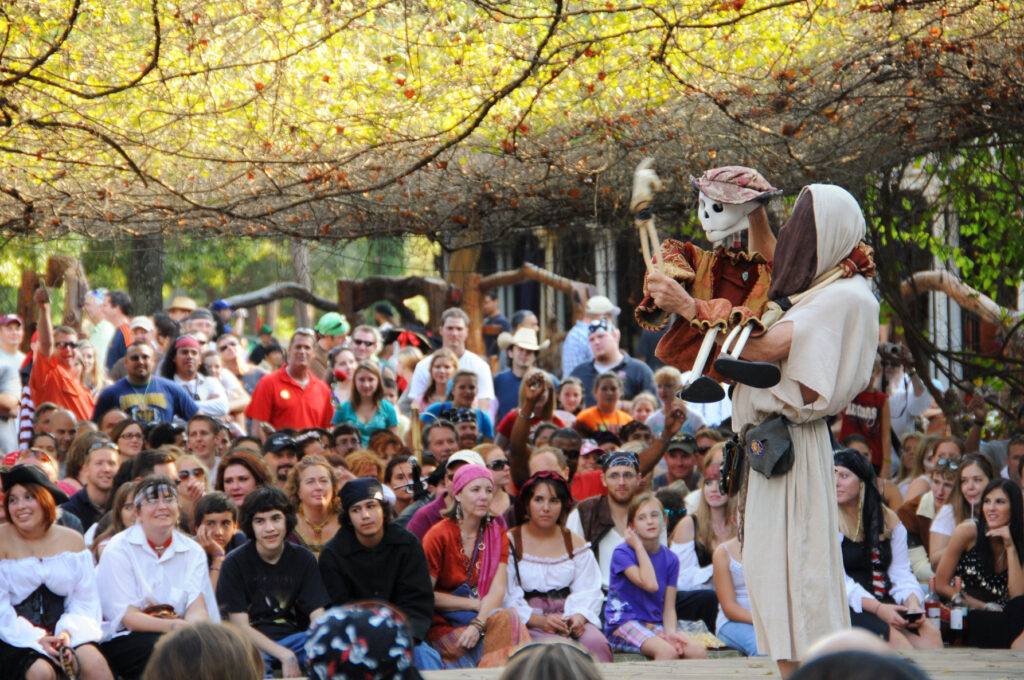
Actually, I’m amazed to hear that someone drove to Texas Point this week. Sure, it is a good place to visit, but the road somewhat resembles the current beach road from Sabine Pass to High Island, which is unpassable. The site held a couple of artillery batteries for coastal defense during both the Spanish-American War and World War II. The only thing left is the circular mount that the gun was attached to. It’s been a few years since I’ve been down there, so I’m glad the area is still accessible.
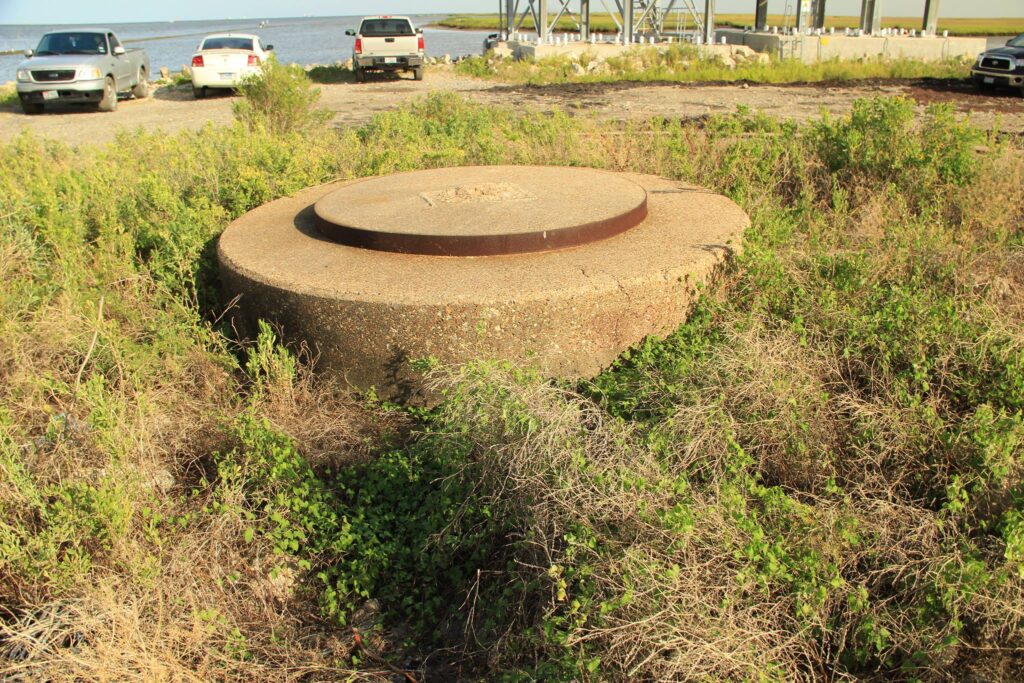
This week, the Bayoulands podcast series had Judith Linsley on to talk about Lamar University and its first 100 years. Actually, a book about this is coming out in the fall, so stay tuned! I loved the podcast. I am always curious about what the powers that be want Judy to discuss because she constantly makes SETX history sound interesting. Bayoulands also highlights our history with numerous guests, so check it out.
Until next week, have a safe and festive holiday, and don’t get stuck driving on the beach, Wanda!
Crucible of Hell by Saul David:
Battle of Okinawa: https://en.wikipedia.org/wiki/Battle_of_Okinawa
Operation Downfall: https://en.wikipedia.org/wiki/Operation_Downfall
Ded Bob: https://youtu.be/77Bj6t-UA_M
Texas Point Gun Emplacements:
http://www.fortwiki.com/Battery_155_-_Sabine_Pass
Bayoulands Podcast: https://open.spotify.com/show/3zoUJjiwtZWVhoTzEBuaul
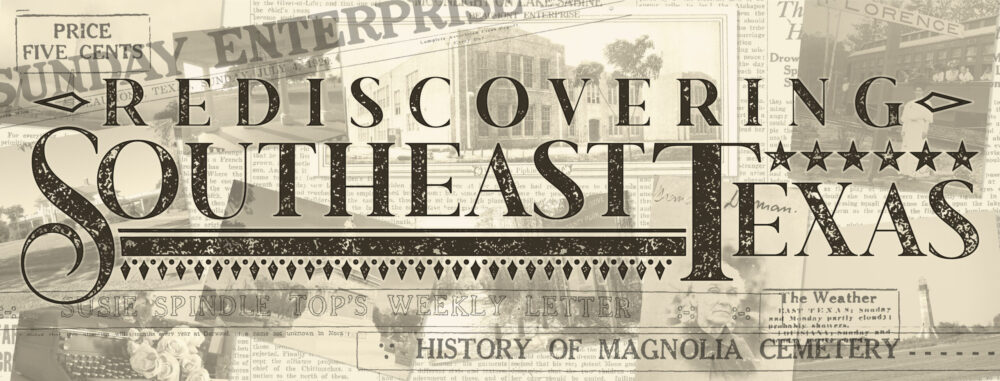

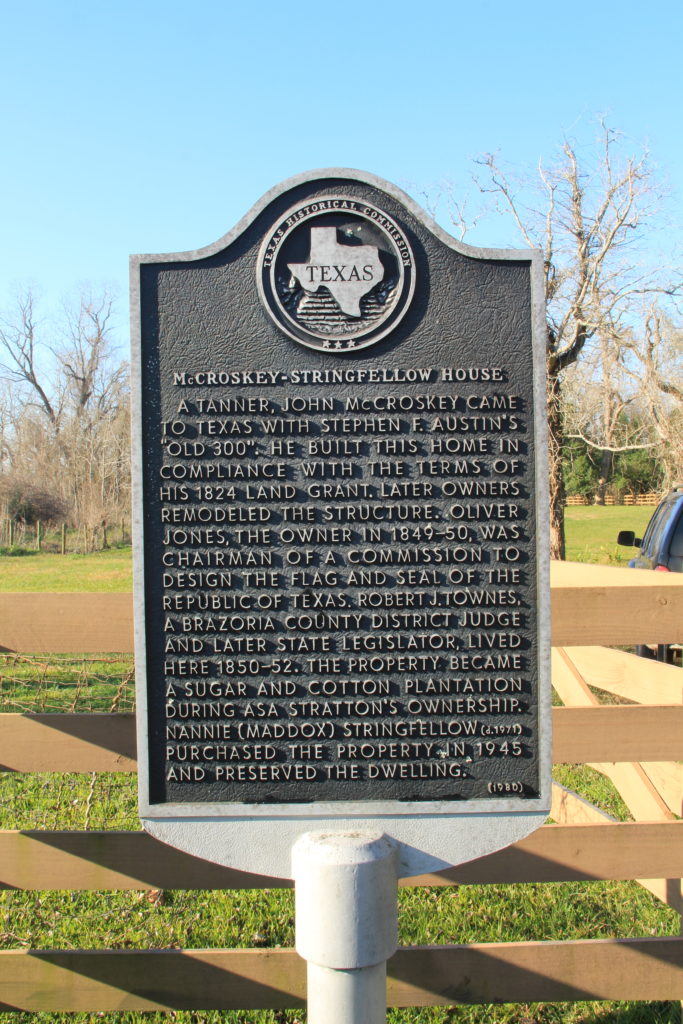


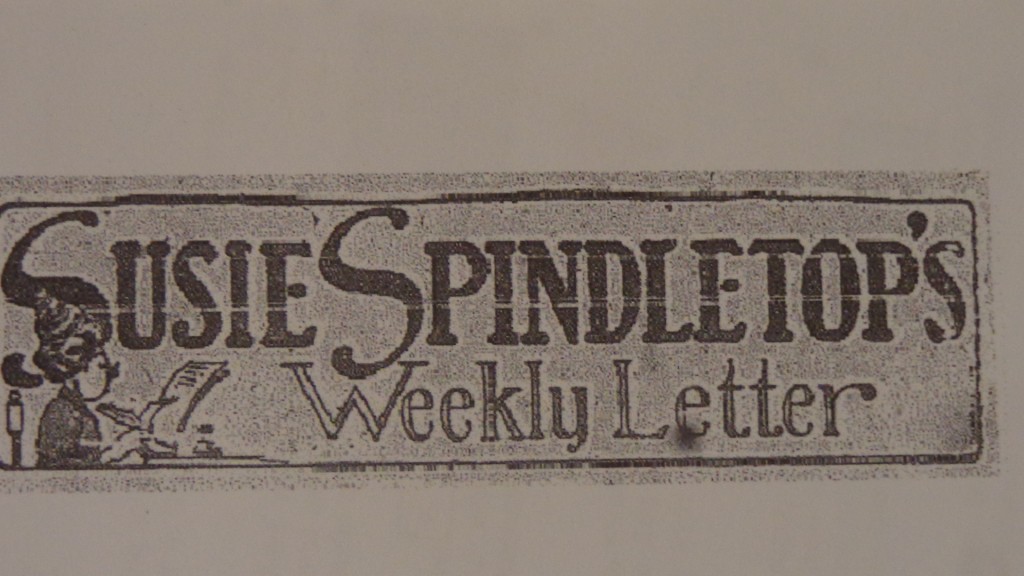
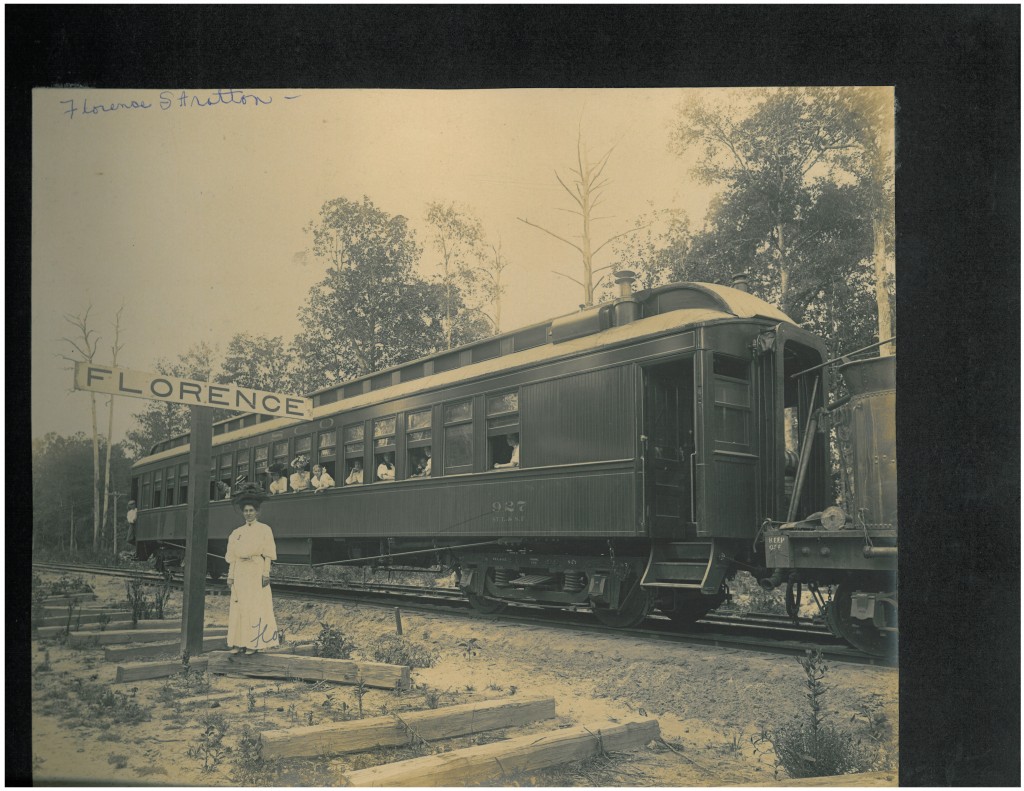
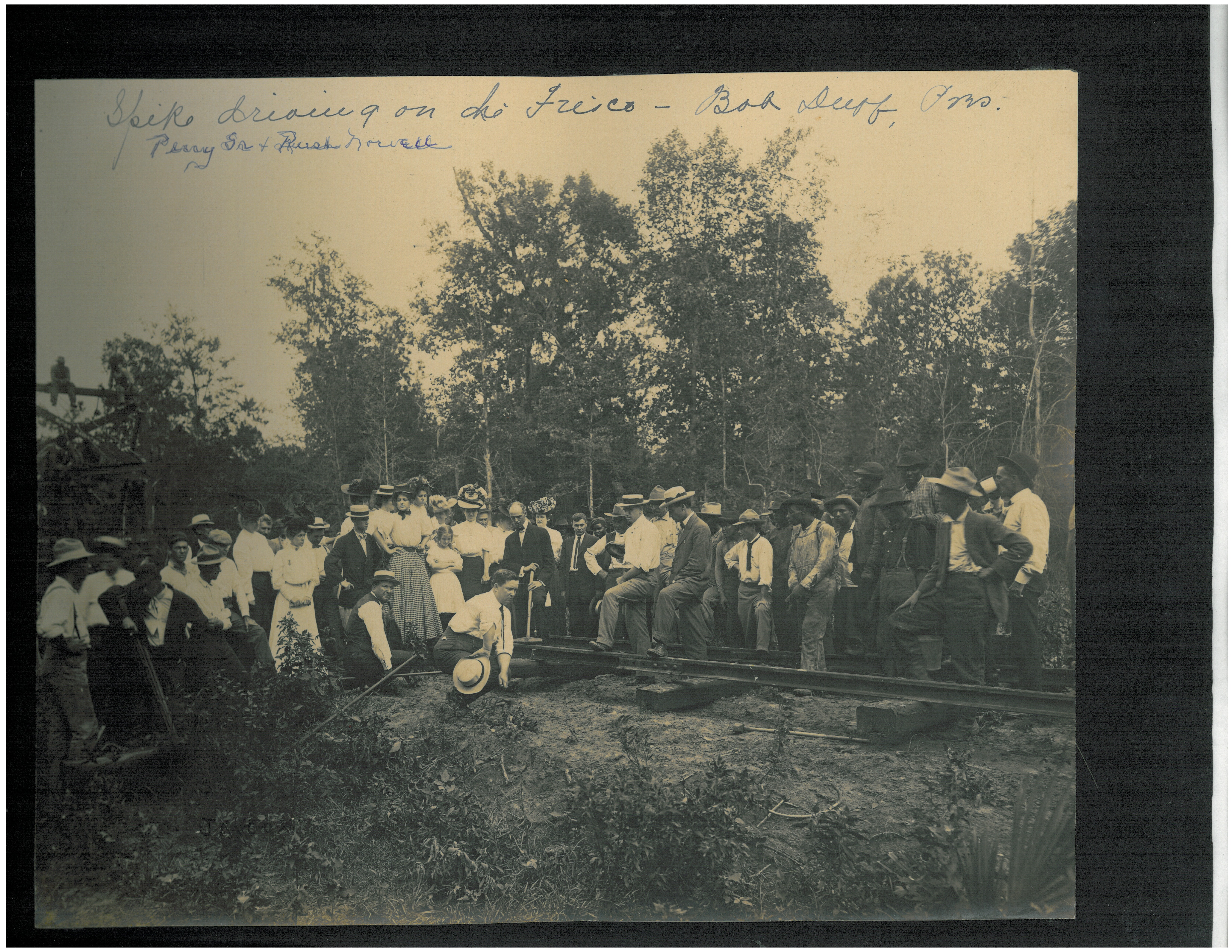
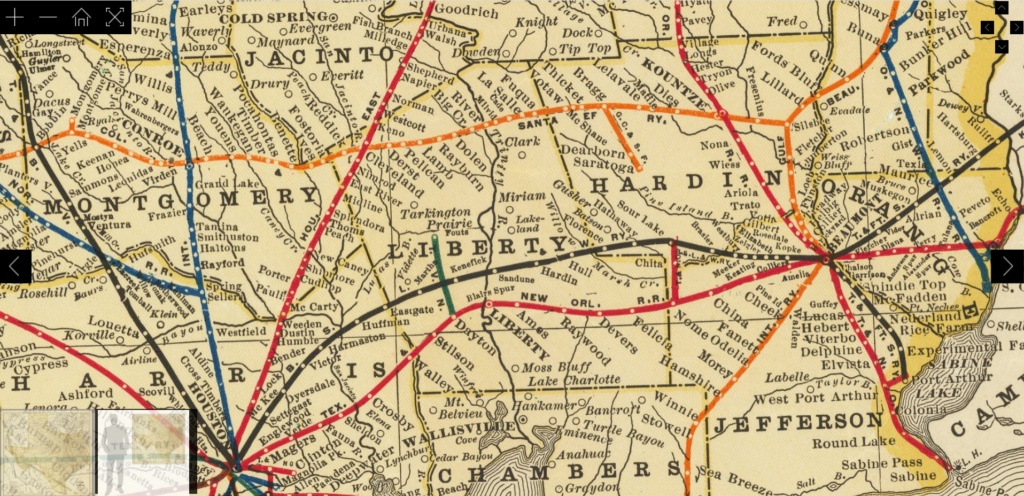

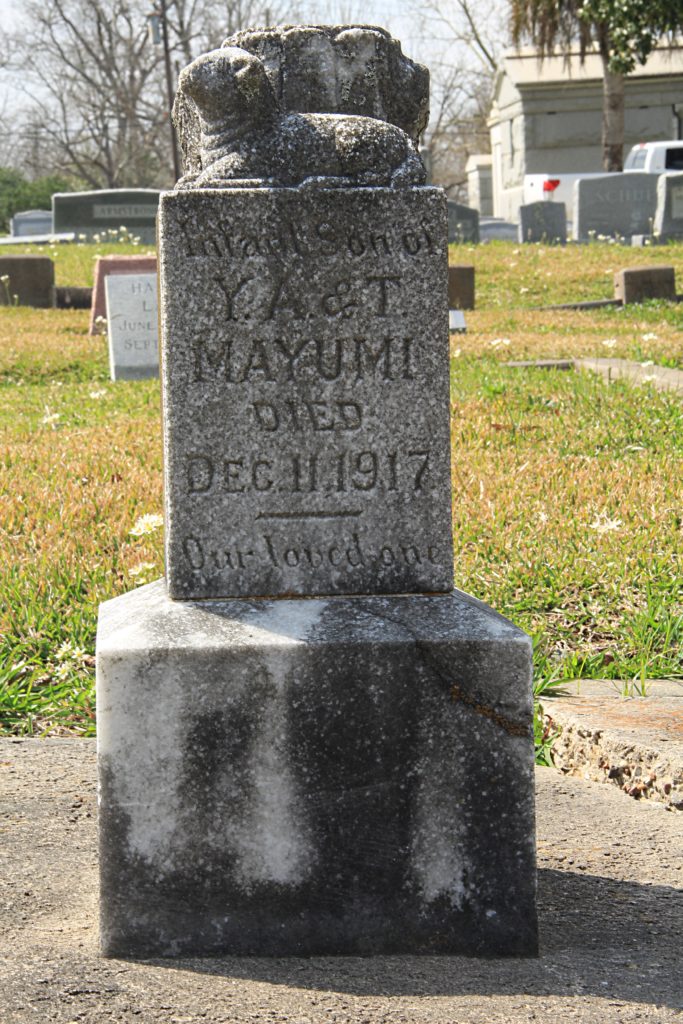
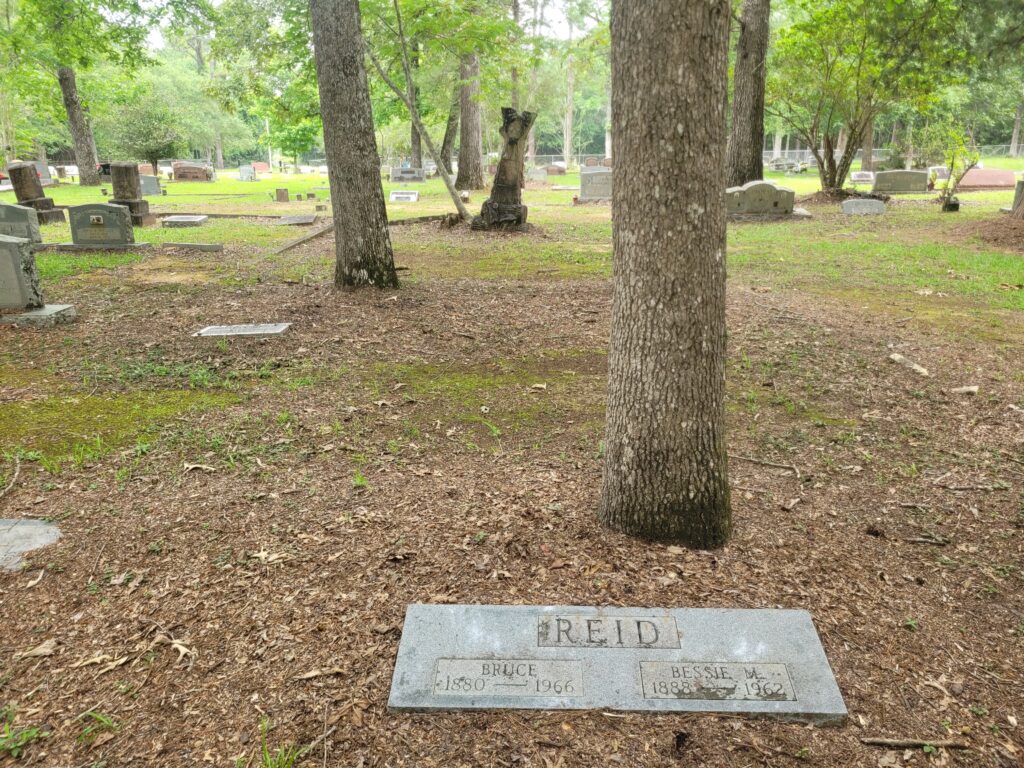
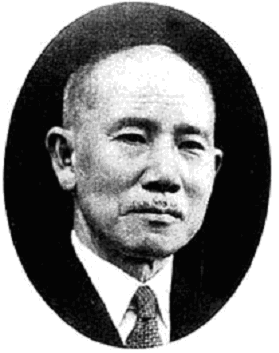
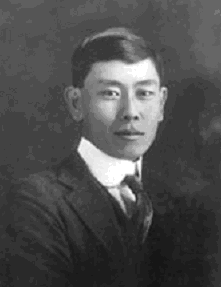
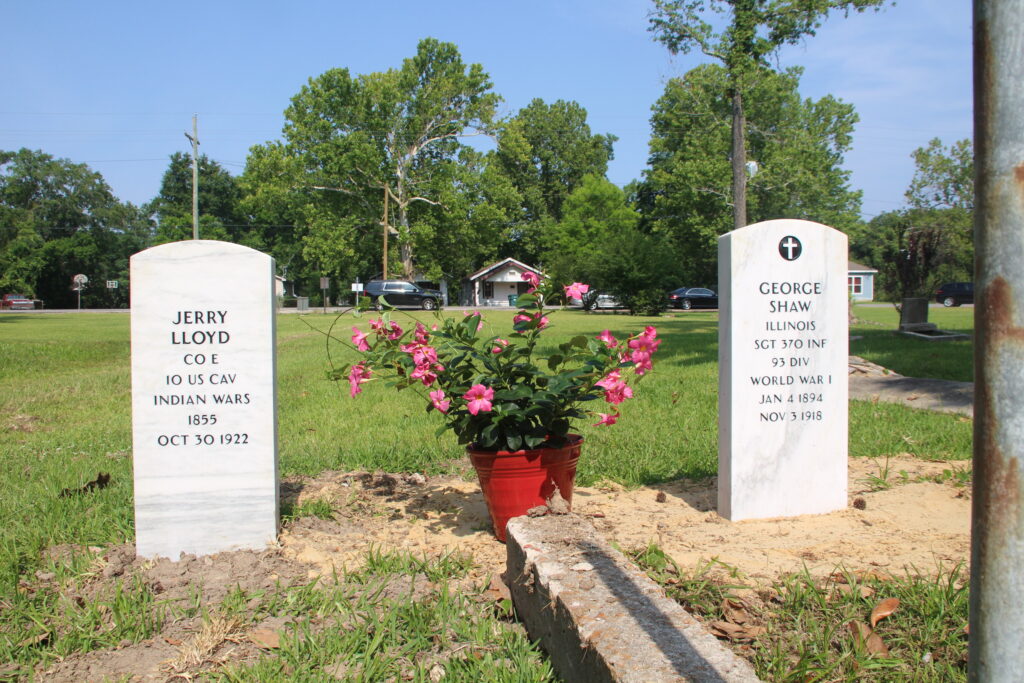
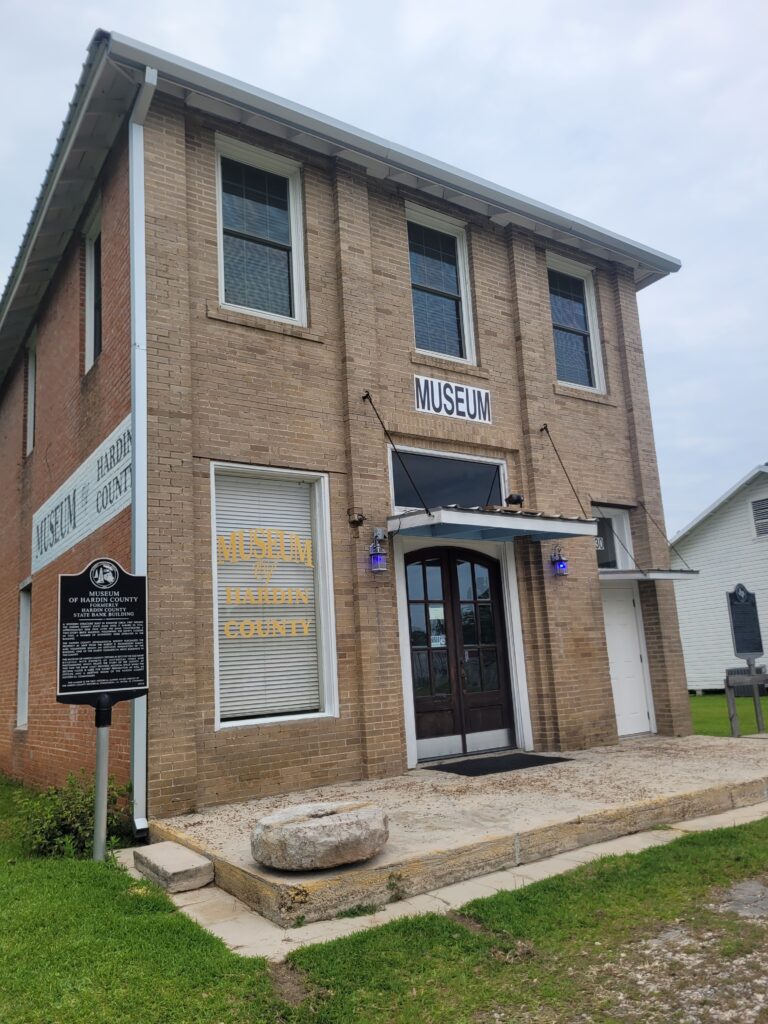
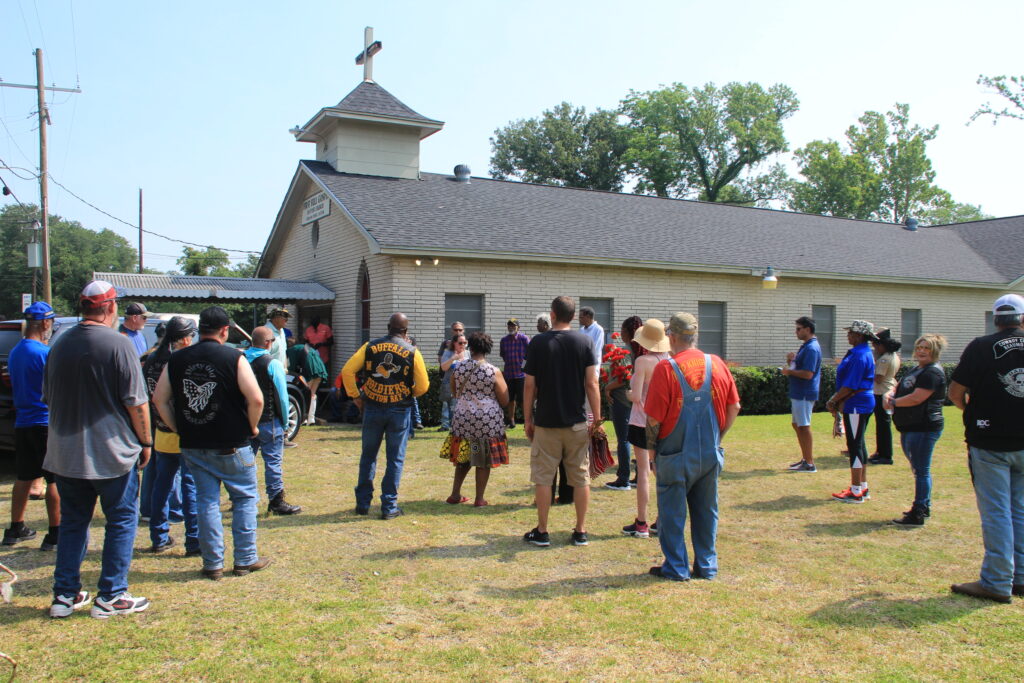
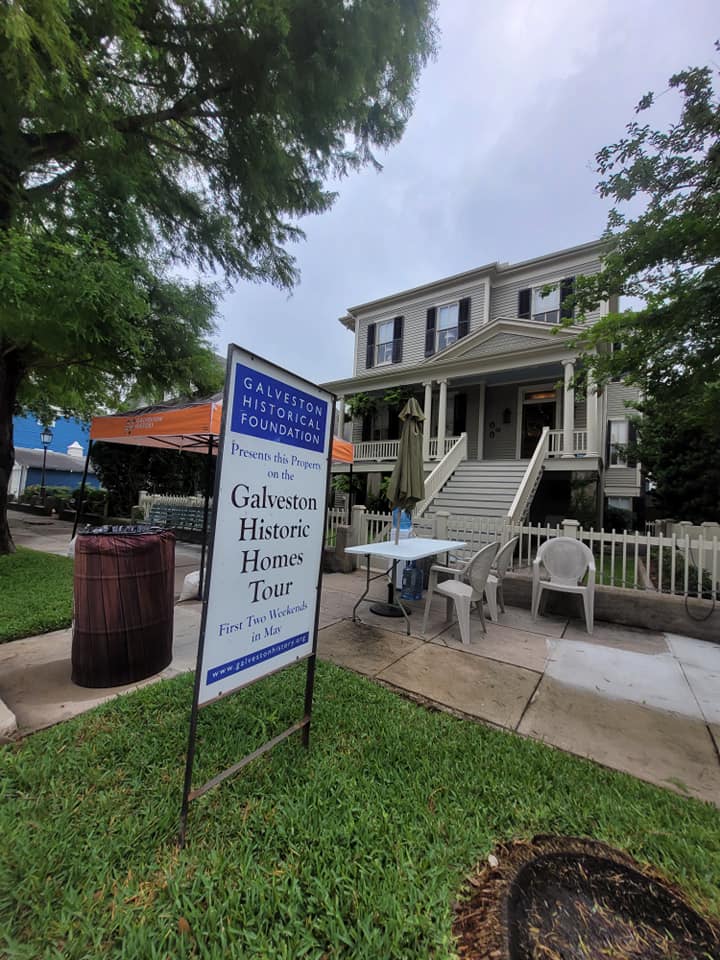
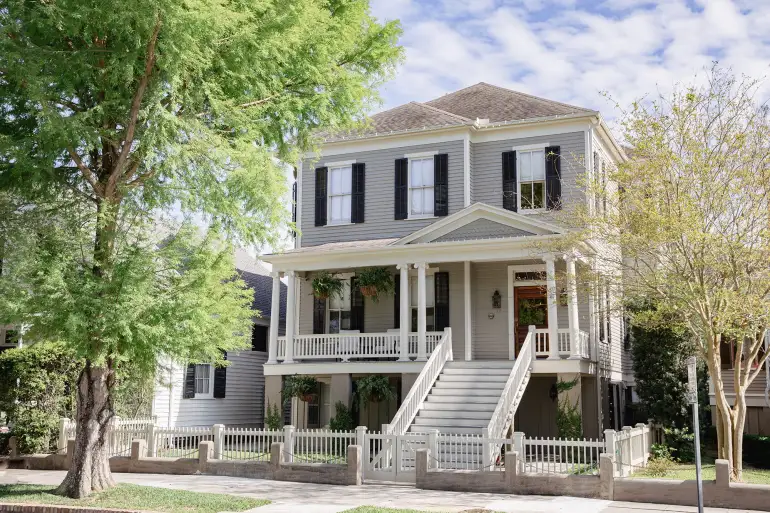
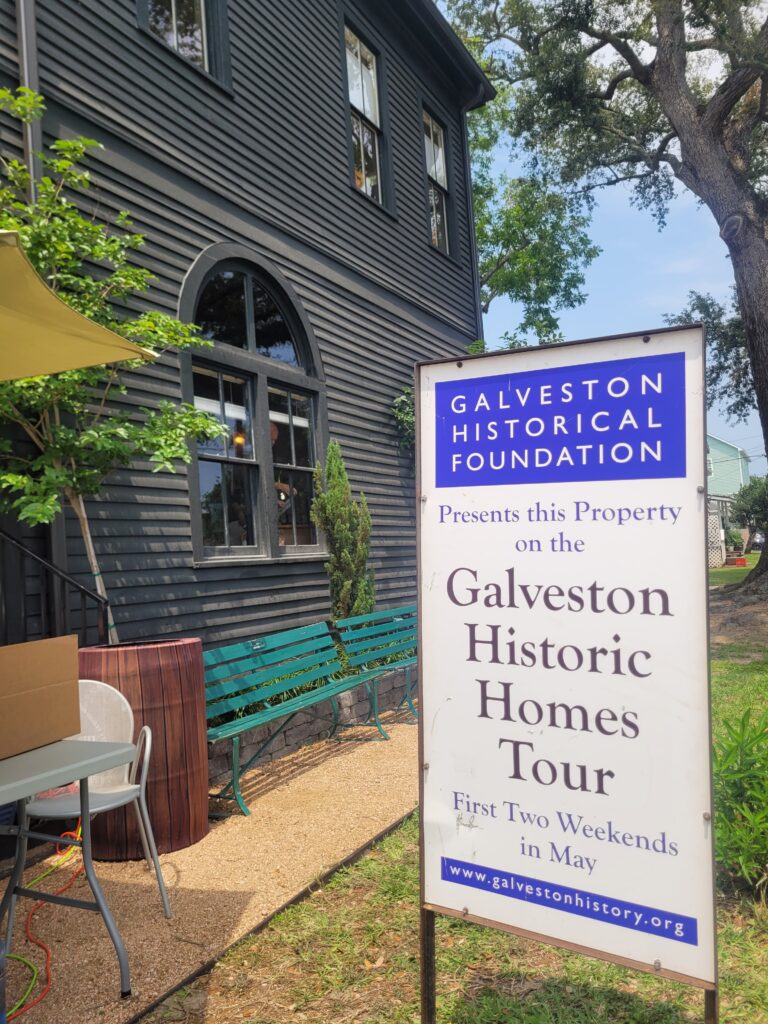
You must be logged in to post a comment.